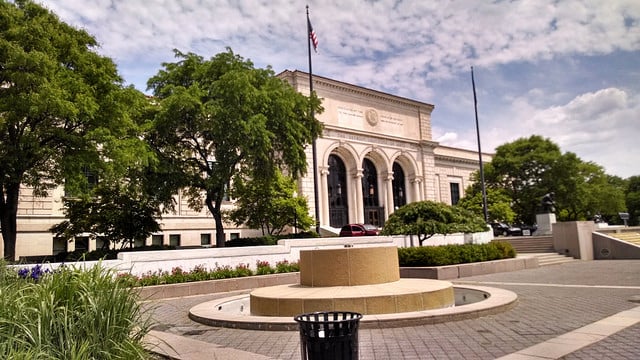
Though the threat to the Detroit Institute of Arts‘s collection has diminished considerably as more and more creditors have accepted the terms of Detroit’s so-called “Grand Bargain,” the city’s final major creditor, Financial Guaranty Insurance Co. (FGIC), is still arguing that the artwork is worth more, reports Crain’s Detroit Business.
There has been an ongoing disagreement about the value of the DIA collection, which has undergone several appraisals (see “New Appraisal Pegs Detroit Institute of Arts Collection at $4.6 Billion“). Christie’s vice president Vanessa Fusco stood by the $867 million figure offered by her company last year. She explained that the auction house chose not to evaluate over 1,000 artworks because they were of “incredibly minimal” value, telling judge Steven Rhodes that “not every work of art in a museum is a masterpiece.”
It is up to Rhodes to decide whether or not the Grand Bargain is a fair solution for the city’s creditors. The Grand Bargain would funnel $816 million into city pension funds, but do little to offset the debt to creditors such as FGIC, even though all creditors are supposed to receive equal satisfaction.
On Monday, bond insurer Syncora Guarantee Inc., until then Detroit’s biggest creditor, filed paperwork with the court indicating that it has come to a “comprehensive settlement” with the city, leaving FGIC as the last major holdout among creditors. According to Reuters, the company will recover 13.9 percent of its more than $1.4 billion in pension debt.
The hearing began September 2, and as it continues, the Detroit Institute of Arts is hoping that FGIC will follow Syncora’s lead, and withdraw its objections to the Grand Bargain that hopes to extricate the city from the largest-ever municipal bankruptcy in US history.